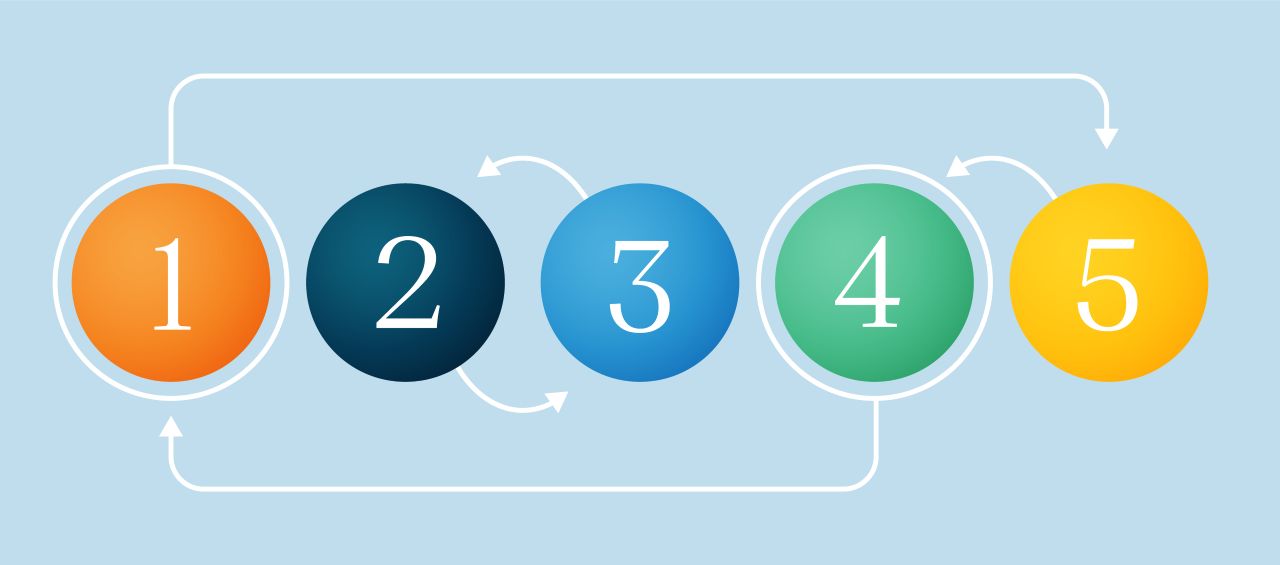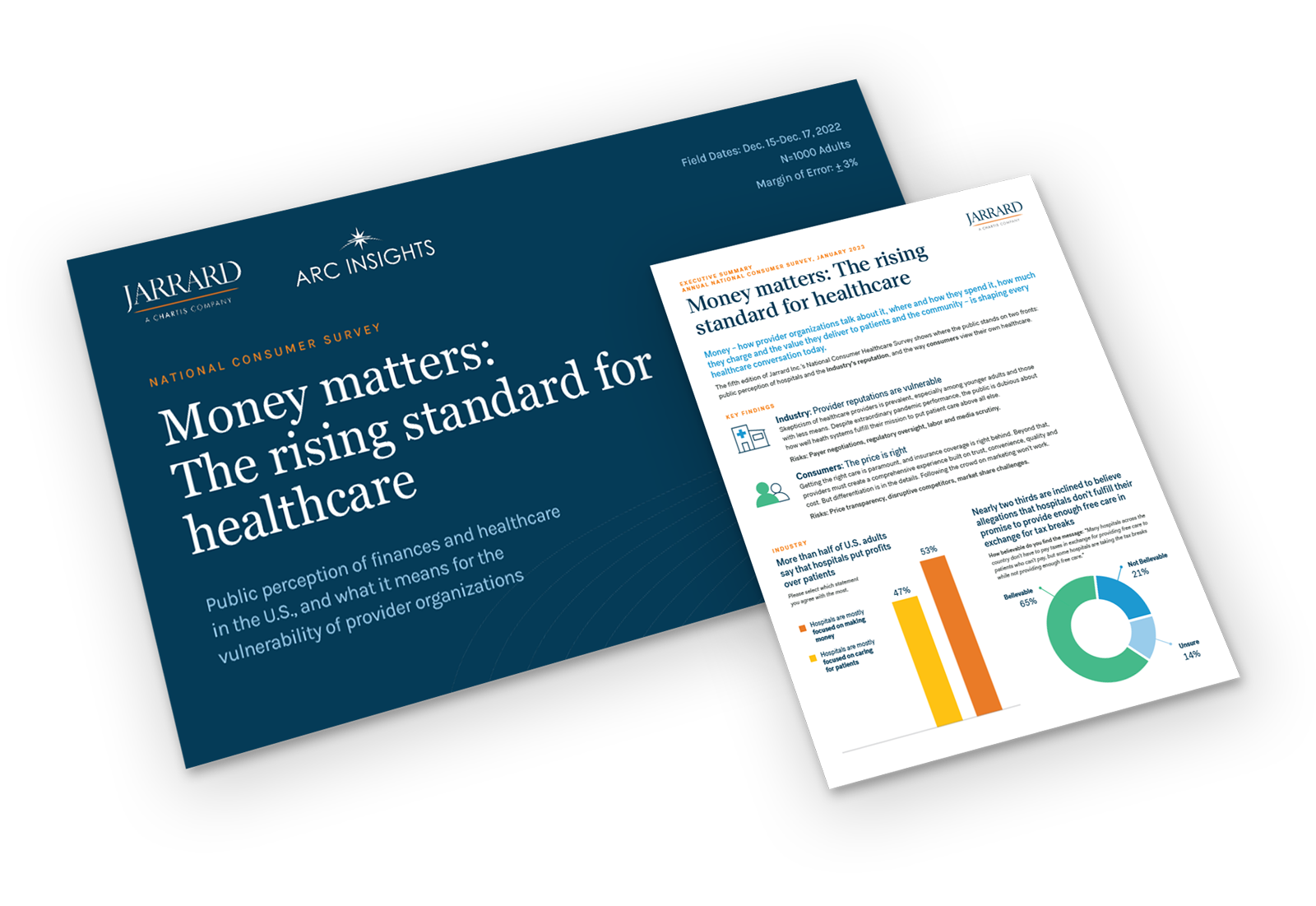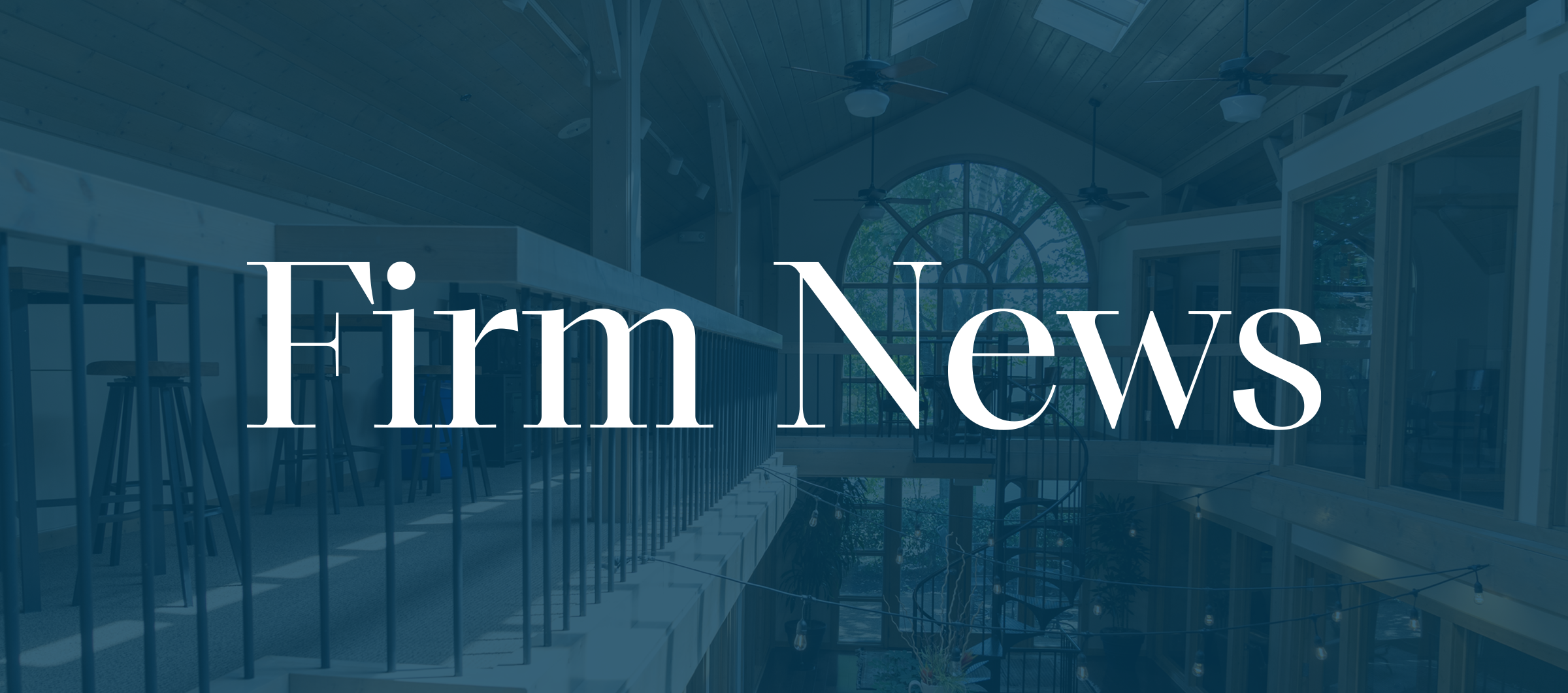
The American Bar Association’s 24th Annual Emerging Issues in Healthcare Law Conference addressed some of the most important issues facing the healthcare industry today—Jarrard Inc. reports back with some key…
Read More
Subscribe to Our Thinking, valuable insights for healthcare execs, communicators and marketers.








